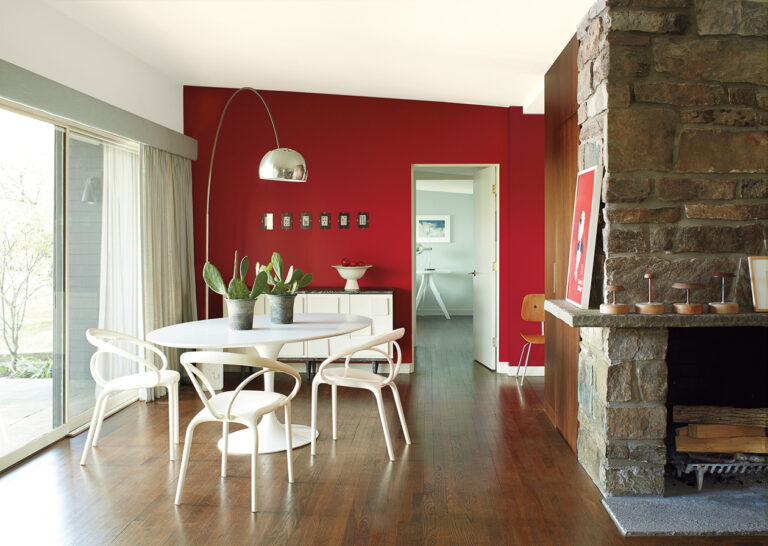
Form successfully sent.
An error occured.
Home » Archives for Jenn Thornton » Page 19

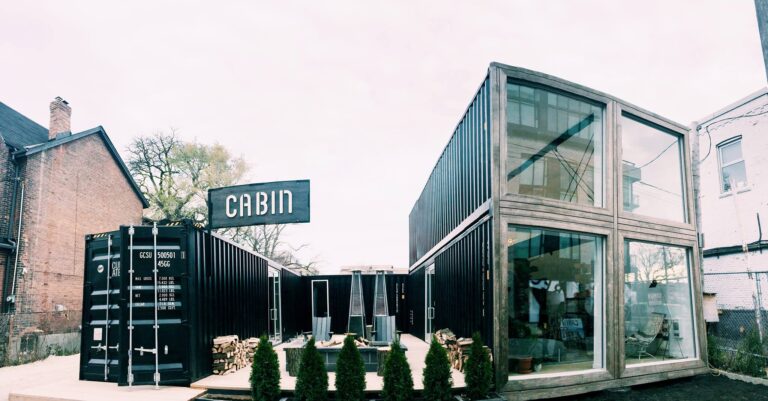
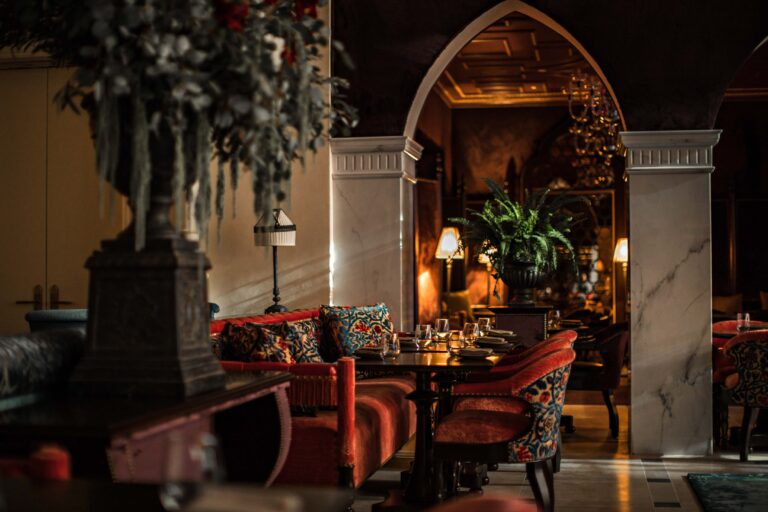
Rare in this city is the anticipated opening that does not come out of Hollywood. Nevertheless, the new NoMad Los Angeles hotel, which bowed last month on corner of 7th and Olive Street in Downtown, has a Hollywood story to tell. The hotel takes over the Giannini Building, which was originally built in the 1920s and the one-time headquarters of the Bank of Italy, which helped bankroll Walt Disney’s badly over budget Snow White and the Seven Dwarfs. Like that film, this one has all the makings of a classic: a building with much of its neoclassical character, veteran leadership at every level, the essence of its celebrated predecessor NoMad New York, and a sensitivity to the cultural, social and physical fabric of its local environ. How could it not be a hit?
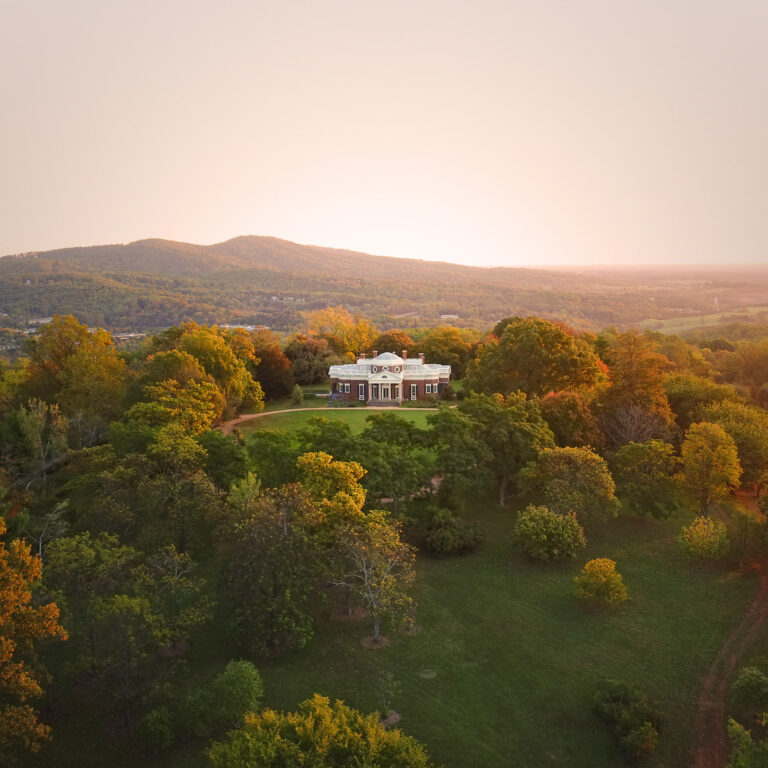
If a home is an expression of oneself, then Monticello is Thomas Jefferson’s autobiography, revealing the essence of who he was, what he valued, and how he lived.

As the tallest building in the Western Hemisphere, the InterContinental Los Angeles Downtown hotel is a sight to behold. With 889 guest rooms and suites, including the 2,500 square foot Presidential Suite, the InterContinental offers an unparalleled level of comfort and convenience.
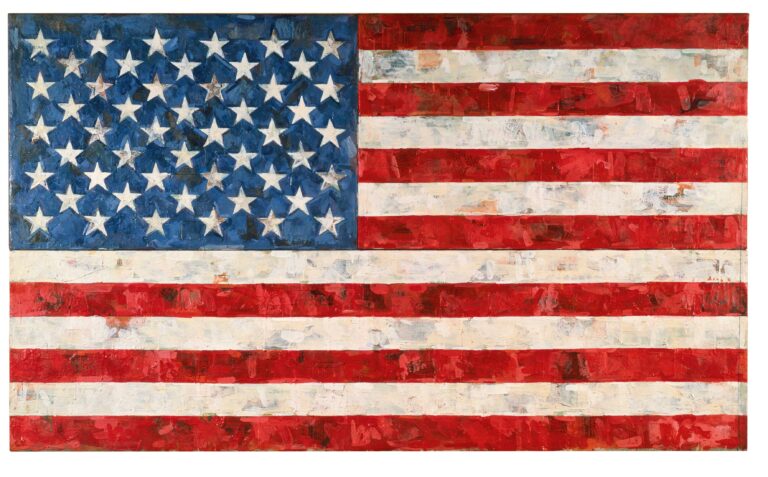


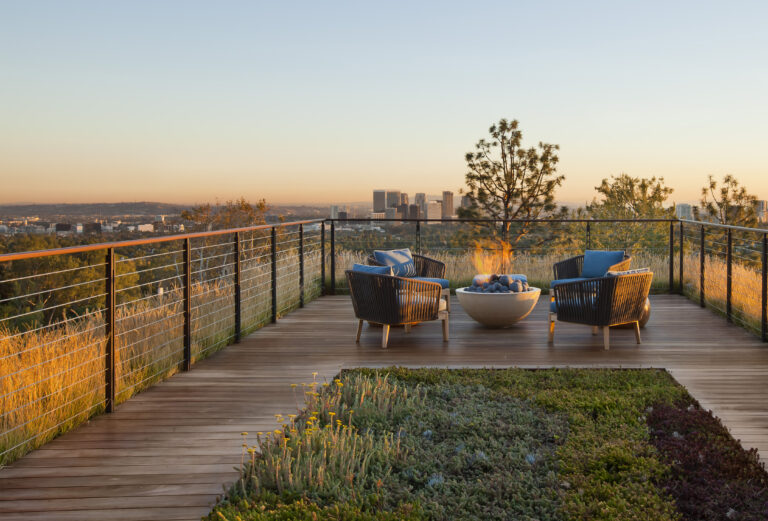
From Tower Grove Drive, looking out from a wonderfully designed home whose precipice is a hillside in the southern Santa Monica Mountains, the view is truly grand—a sweep that extends dramatically past Los Angeles to the Pacific.
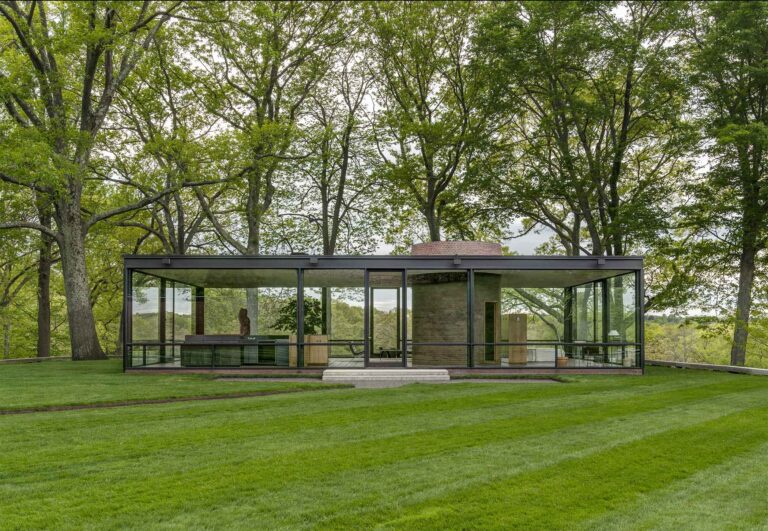
The Glass House, designed by architect Philip Johnson, reflects the beautiful landscape of Southern New England. Johnson, known for his modernist approach, incorporated historical elements into his designs. The Glass House, completed in 1949, sits on a hill, nestled among trees, and offers stunning views of a manmade pond.

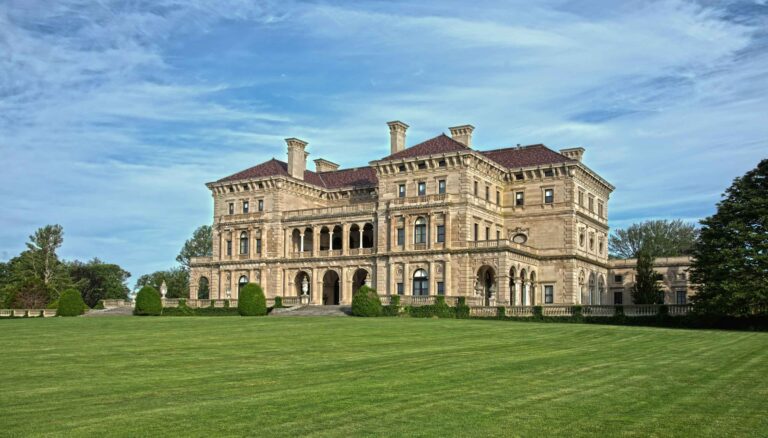
One thinks of a summer cottage in mostly quaint terms—a place of some modesty, wrapped in quiet, with a nice view. But in Newport, Rhode Island, once dubbed “The Eden of America” for its postcard locale, the “summer cottage” produces a far more elaborate picture of early American progress as seen through some of the country’s most celebrated mansions.
